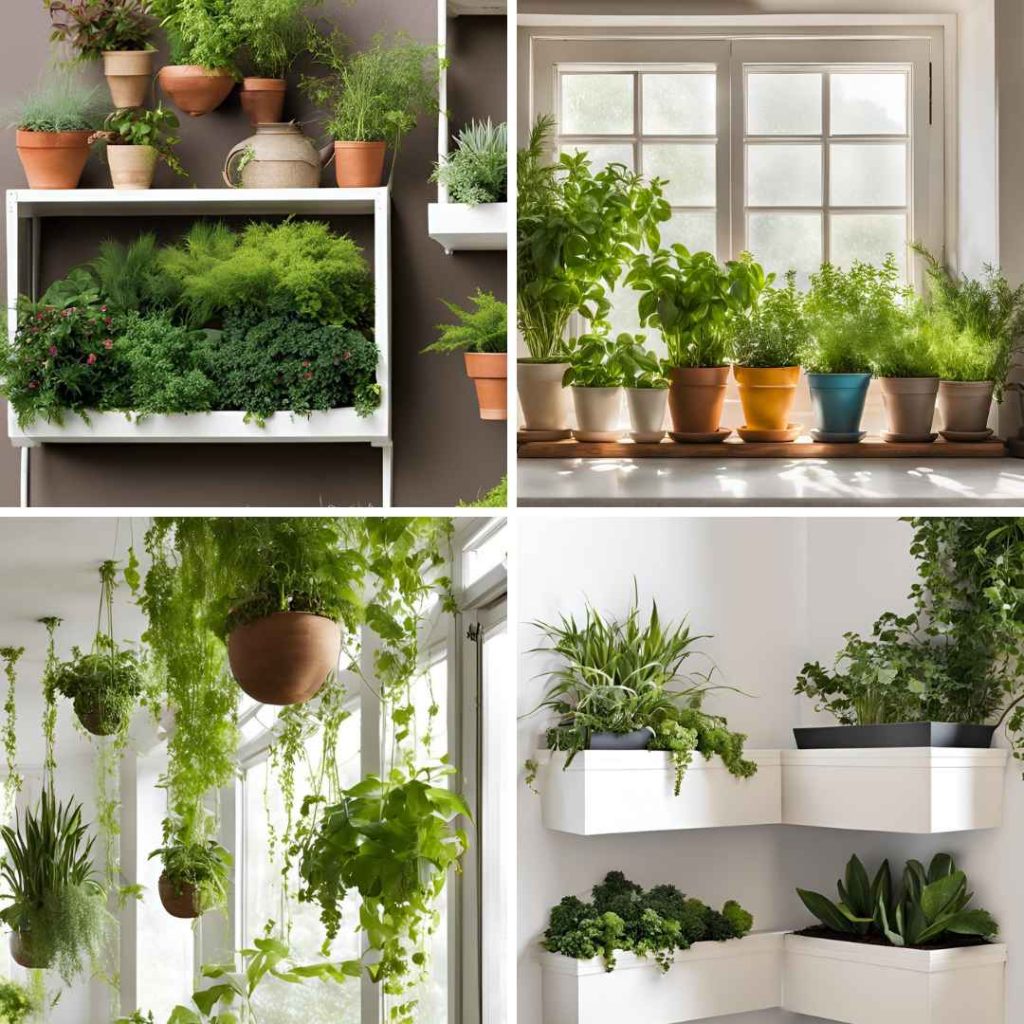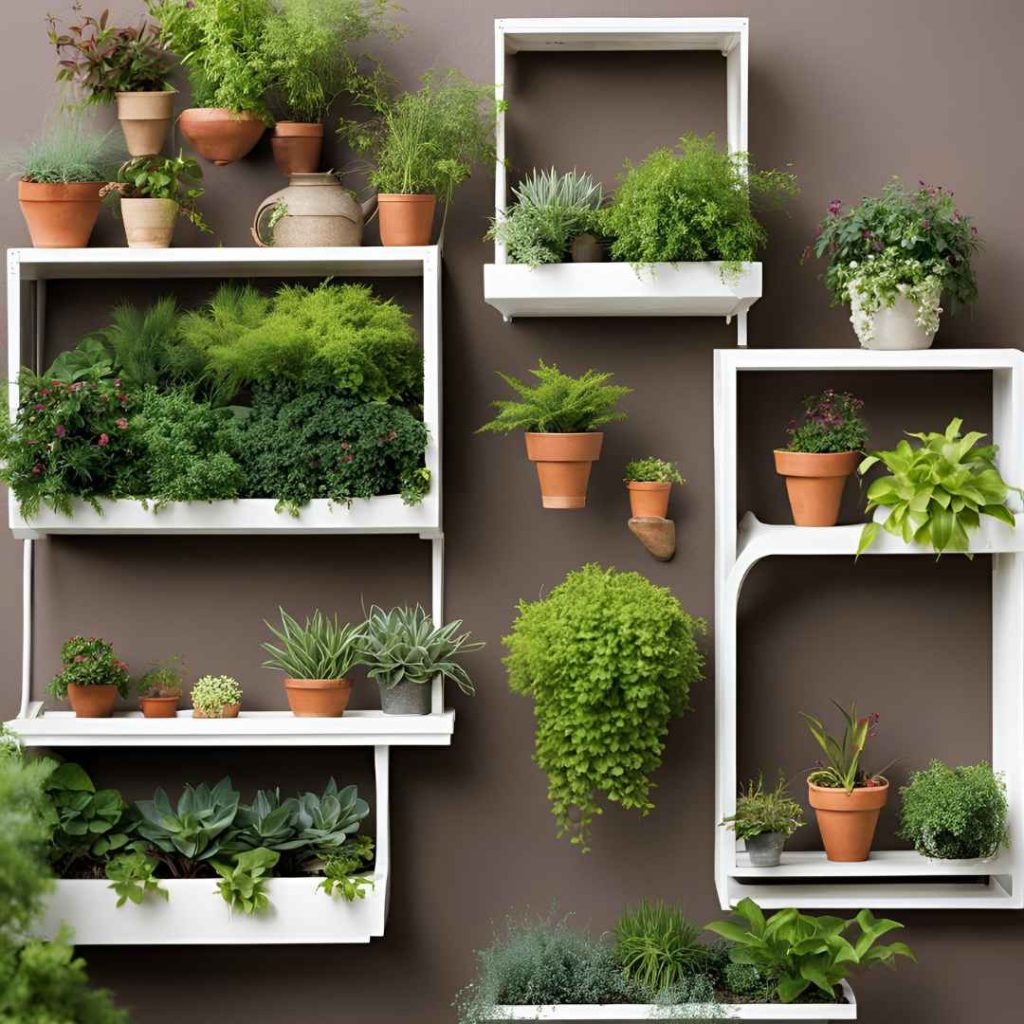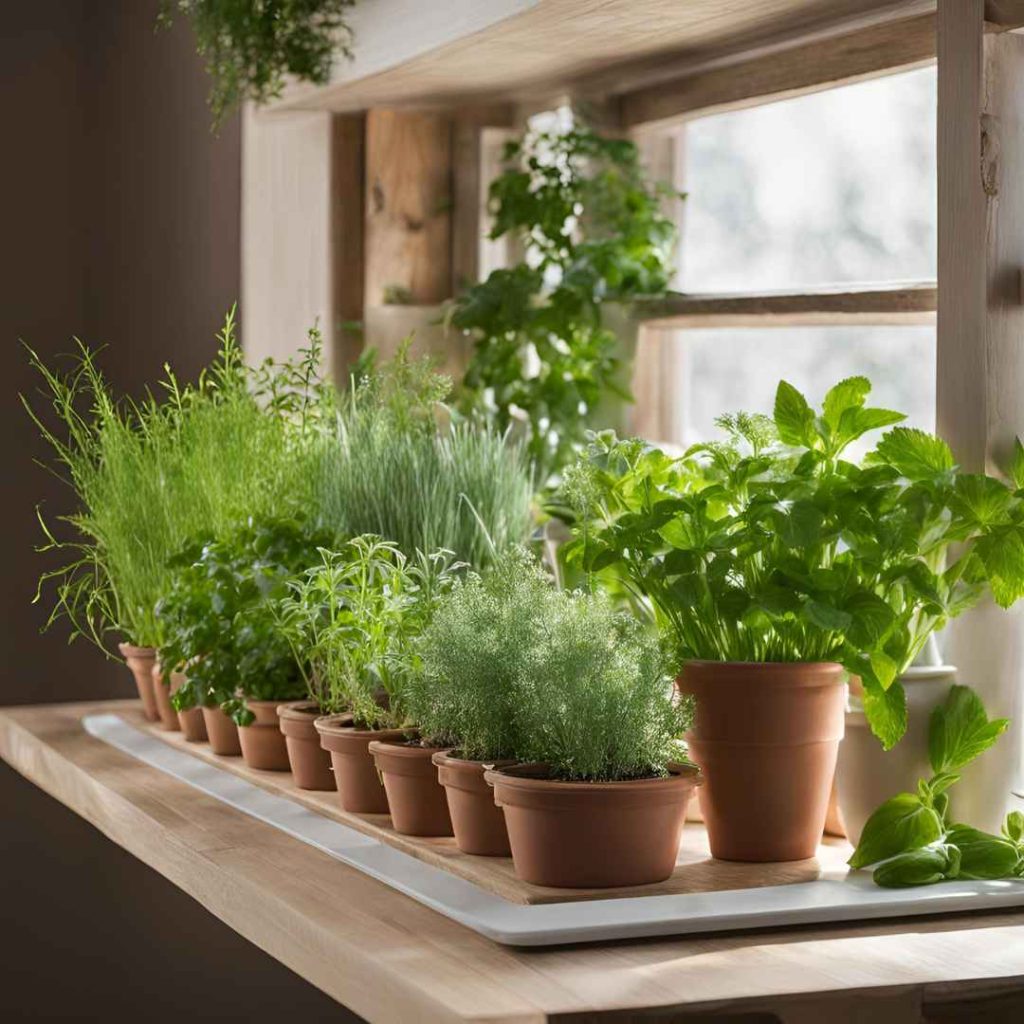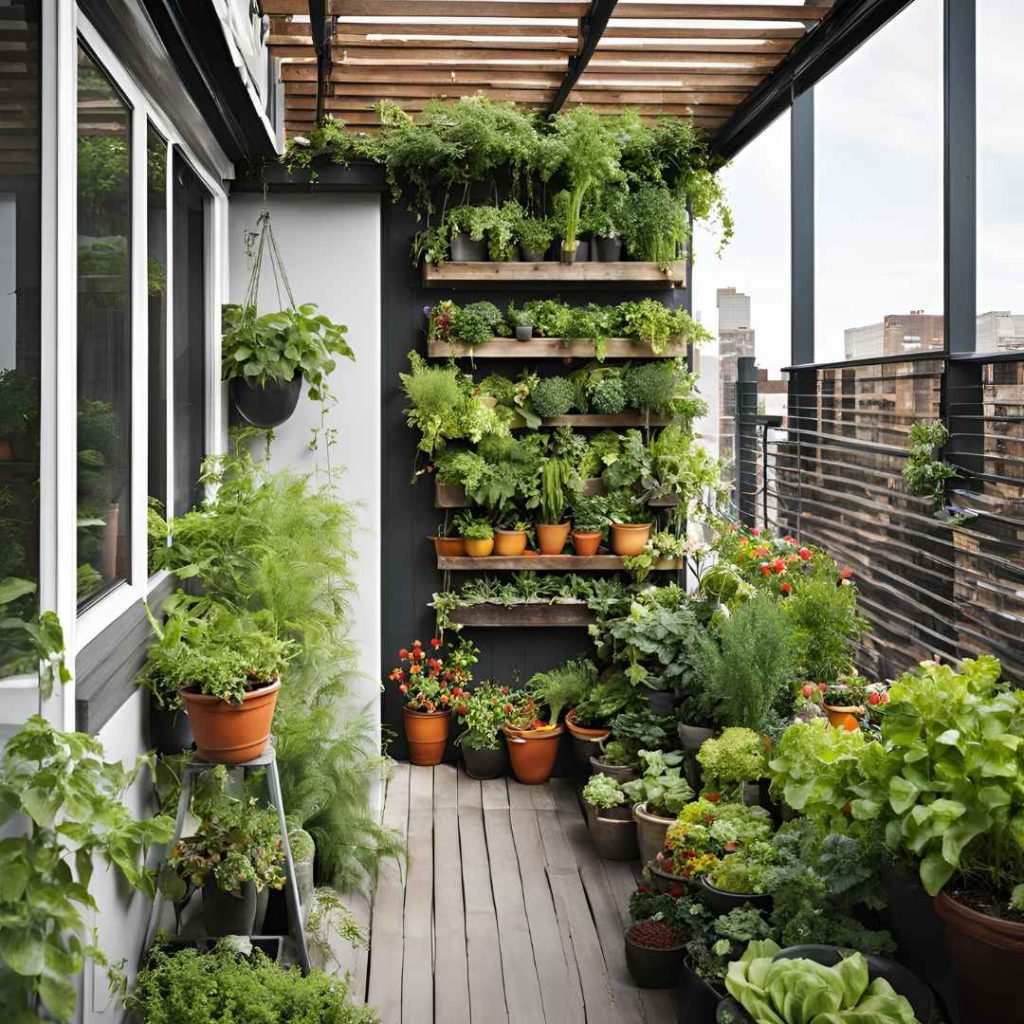Engaging in green-fingered hobbies doesn’t require a vast external area. Indeed, you can create lovely and abundant gardening on a tiny location, rooftop, porch, or even windowsill, either your goal is to raise fruit and veggies or colorful flower blossoms.
However, if you have a small garden and possibly no real soil to grow in, you may be required to use certain clever techniques to increase the likelihood that your landscape will thrive. In light of this, we’ve developed nine suggestions for tiny-space landscaping.
Utilize Planters, Troughs, And Other Receptacles To Their Full Potential:
An essential strategy for producing in tiny areas is to grow veggies, herbal species, and fruit in planters, troughs, and other vessels. This is due to the fact that they may be positioned anyplace, such as on window frames, display cases, and on the ground of a terrace.
As far as you choose the correct measurement, you may cultivate nearly any vegetation in a vessel, which can increase your versatility since you are able to relocate them anywhere.
Select Species That Take Up Less Area:

Although it might seem apparent, when planting in a restricted area, it’s crucial to select species that conserve the area (while nevertheless yielding periodic harvests).
For instance, spring onion bulbs, spinach, and miniature bean varieties are wonderful alternatives since they sprout swiftly and generate an abundance of product given the minimal amount of room they occupy, whereas giant products like pumpkins and wintertime squashes aren’t the best for compact places.
Numerous botanical kinds have also been specially developed to be cultivated in small spaces. These “compact species” are typically identifiable by their names.
Planting For Color And Harvest:
With significant room for attractive plants like blossoms, foliage, and vegetation, you may frequently plant items like veggies and fruits in a big backyard despite giving them much consideration.
However, gardening would typically require being cautious in a tiny space. You may make the ideal use of your area and design a visually appealing and functional landscape by cultivating crops that are additionally colorful and provide yields.
Petite tomato varieties such as Cherry, which feels beautiful dangling from dangling vases and will yield an abundance of berries, and jalapenos are two perennial favorites among tiny-space producers.
Think About Vertical Gardening Options:

Plantations are typically thought of as being dispersed laterally across the earth’s surface. However, using vertical landscaping techniques—which let you grow vegetables high above another plant at varying heights—is possibly the greatest method for utilizing the restricted area.
Using pots that resemble shelves is a common vertical planting strategy. To conserve surface area, you may either mount items to the ceiling or leave them floating. Utilizing pergolas for anchoring climbing plants and dangling containers are two more common vertical planting techniques.
Employ a Gardening Strategy That Is Arranged:
You probably prefer a consistent supply of product to a large production all in one go if you intend to cultivate veggies, fruits, and medicinal plants in your tiny landscape. In the context of landscaping, this strategy involves establishing the identical product in various locations every few weeks. You are going to be able to take advantage of a number of yields as each plant reaches ripeness at a distinct period.
Because you can gain knowledge and modify your development tactics during every subsequent agricultural product, succession gardening also offers a less dangerous strategy if you’re cultivating anything for the primary period.
Make Use Of The Region On Your Window Sill:

The absence of an outdoor space in your house does not preclude you from engaging in green-fingered hobbies! You may cultivate vegetables easily and throughout the year by cultivating vegetation on your windowsill, so you’ll rarely be lacking a horticultural activity. You will require to utilize a south-facing inside windowsill in order to obtain productive plants that are nutritious.
Since they need fewer rays to thrive unlike fruits and veggies like tomato products, which are not quite tolerating staying a part of the daylight hours in the shading, medicinal plants and leafy lettuce are some of the greatest harvests that can thrive on a windowsill.
Consider Which Vegetation Complement One Another:
Certain plants just aren’t good neighbors. For instance, it can be disastrous when planting large, leafy greens next to smaller, light-demanding species since they can prevent their neighbors from receiving adequate sunlight.
Companion planting is the strategic placement of plants adjacent to one another that will benefit their neighbors. It’s crucial in tiny landscapes because there won’t be as much space for mistakes.
Put In Balcony Containers:

Installing window displays is an additional easy option to start producing if you do not possess a terrace, deck, or yard. Plant receptacles called “window boxes” are placed on the outside sills of frames. Typically rectangular in shape, they might be constructed from a variety of substances; plastic, fiberglass, metallic material, and hardwood are all common choices.
You may develop a variety of plants in your window containers, including vegetables, culinary herbs, and berries. However, since they will give the exterior of your house a vibrant blast of color, blossoms are a preferred choice.
In Between Big, Slowly Expanding Plants, Cultivate Little, Rapidly Expanding Ones:
Overabundance constitutes one of the most frequent errors made by farmers in tiny spaces. Our passion for horticulture can occasionally result in vegetation being stacked too closely together, which may contribute to issues including inadequate sunshine, a higher risk of illnesses and pests, and nutritional shortages.
Agriculture crops can be packed as closely together as feasible, though, if you plant little, rapidly expanding fruits and veggies alongside huge, slowly expanding plants. This is due to the fact that properly paired crops allow the lesser harvests to be picked while the bigger crops require room.
This clever method of maximizing your available area is known as inter-planting, or “inter-cropping.” Carrots, springtime onions, and greens, that possess weak root networks, can be interspersed with broad, deep-rooting species like radishes, leeks, and sweet maize.
